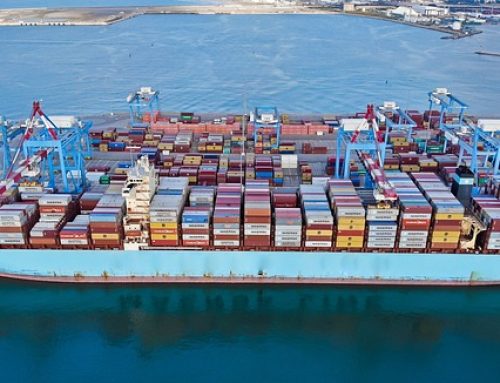March 3, 2023
International trade statistics: trends in fourth quarter 2022
G20 services trade also declined in value terms in Q4 2022, as measured in current US dollars. Exports and imports are estimated to have decreased by 0.8% and 1.5% respectively, following the 1.0% decrease and 0.3% increase recorded in Q3 2022. With shipping costs falling back to pre-pandemic levels, the value of trade in transport services sharply contracted across the G20, while travel continued to recover from the COVID-19 lows. Services exports fell by 1.5% in France and by 1.7% in the United Kingdom, while imports declined at slower pace in both countries. In Germany, exports and imports dropped by 1.9% and 3.9%, respectively, despite strong travel expenditure. Italy, on the other hand, saw an increase in exports (up 4.5%) and imports (up 2.9%), reflecting a pick-up in travel. Plummeting transport receipts and recurring lockdowns depressed Chinese exports (down 12.6%). Similarly, Korean exports and imports contracted sharply. In Canada, exports and imports fell by 0.7% and 4.0%. In contrast, the United States posted a 4.3% increase in exports, driven by travel, transport and business services. A rebound in travel also fueled export growth in Japan (up 2.9%), Australia (up 5.0%) and Brazil (up 2.1%).
Source: OECD
Legal Notice: The information in this article is intended for information purposes only. It is not intended for professional information purposes specific to a person or an institution. Every institution has different requirements because of its own circumstances even though they bear a resemblance to each other. Consequently, it is your interest to consult on an expert before taking a decision based on information stated in this article and putting into practice. Neither Karen Audit nor related person or institutions are not responsible for any damages or losses that might occur in consequence of the use of the information in this article by private or formal, real or legal person and institutions.






